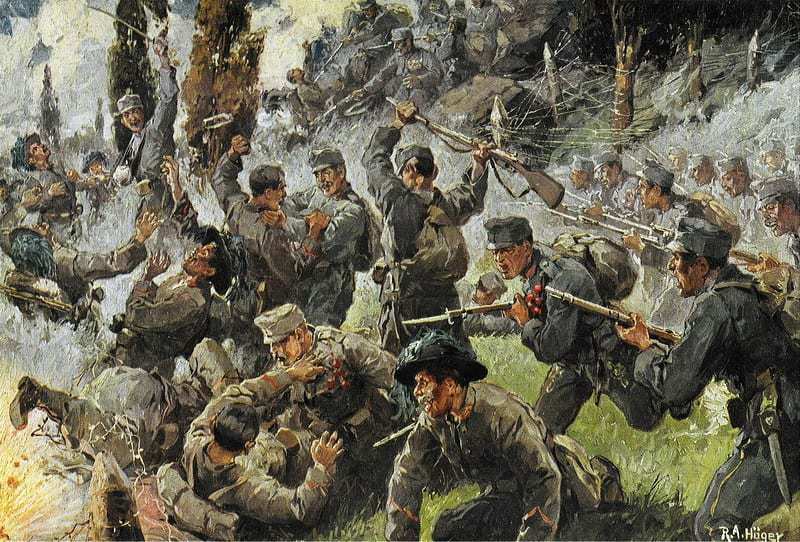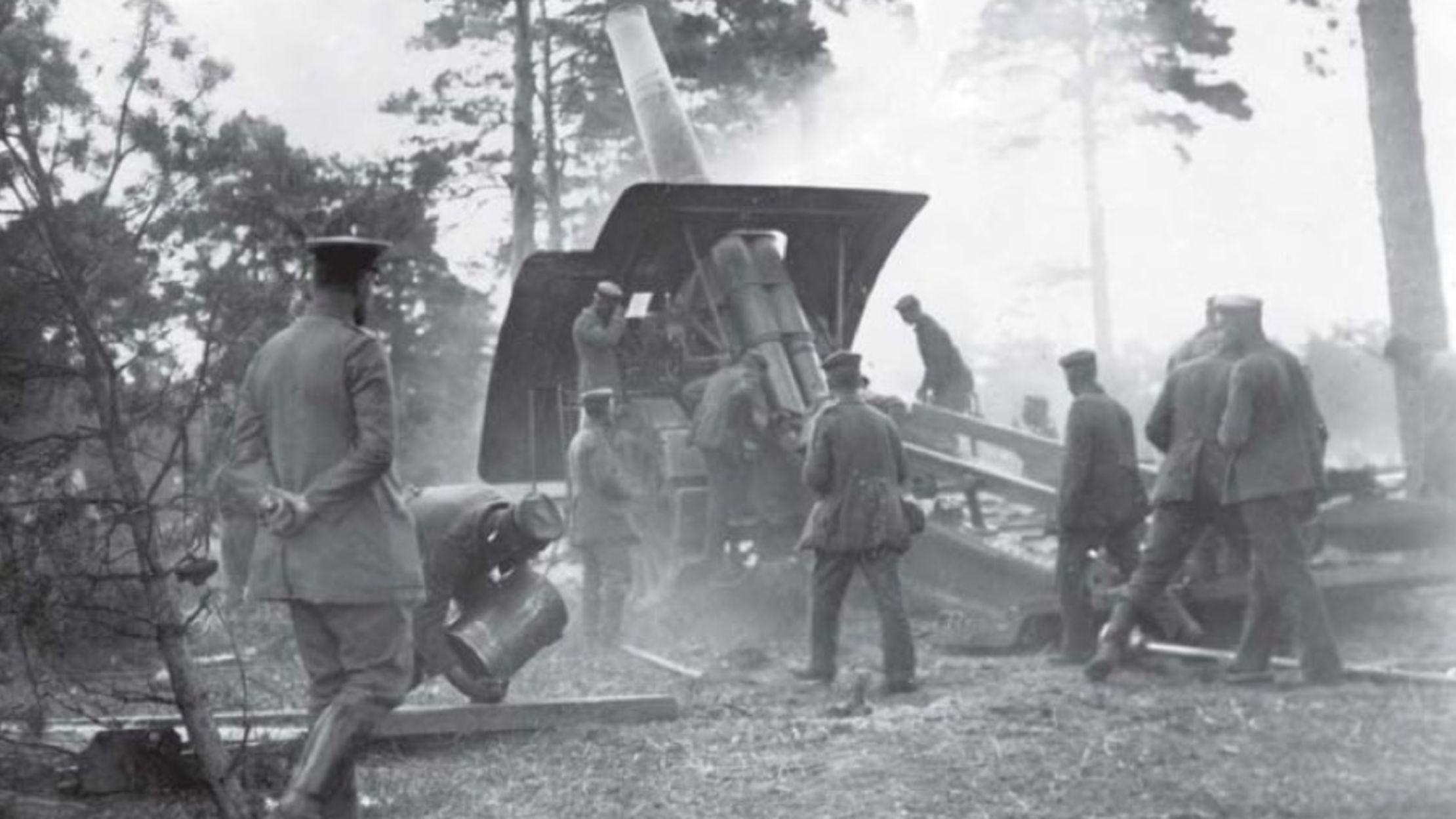
Instead, two parallel railways, some ten miles apart, led eastward from the Isonzo front, one from Gorizia following the course of a branch of the Isonzo River the other from Monfalcone by way of Carso, following the seacoast direct to Trieste. The way to Trieste, through a 25-mile passage along the Isonzo River, between Cividale and the Adriatic Sea, was unopposed by the Alps. The actual goal of the Italian Armies, however, was not the Trentino and Tyrolean regions in the North, but Trieste in the East. Yet it was necessary to cover the whole extent of the frontier with Italian troops, lest the Austrians should pour down into the Northern plains of Italy. To assault this mountain fortress in mass was deemed impracticable only by attacking each fortified peak in separate operations and by relatively small bodies of troops might success be attained. Along this mountain barrier the Austrians had constructed a system of defensive works, which seemingly defied frontal attacks.įrom foothills to summits, these awesome Alpine slopes were seamed with parallel lines of trenches, protected by wire entanglements and with permanent gun emplacements and turrets fixed at intervals.


Throughout its greater part, this frontier was formed by the natural barrier of the Alps, whose myriad peaks tower miles in air, overlooking the sunny plains of Venice and Lombardy. General Luigi Cadorna, Commander-in-ChiefĪt midnight on May 23, 1915, the Armies of Italy were set in motion northward to seize and close the gateways of the Austro-Italian frontier, which extended 450 miles from the Swiss border to the Adriatic Sea, a stretch half again as long as that covered by the Allied front in Belgium and France.


 0 kommentar(er)
0 kommentar(er)
